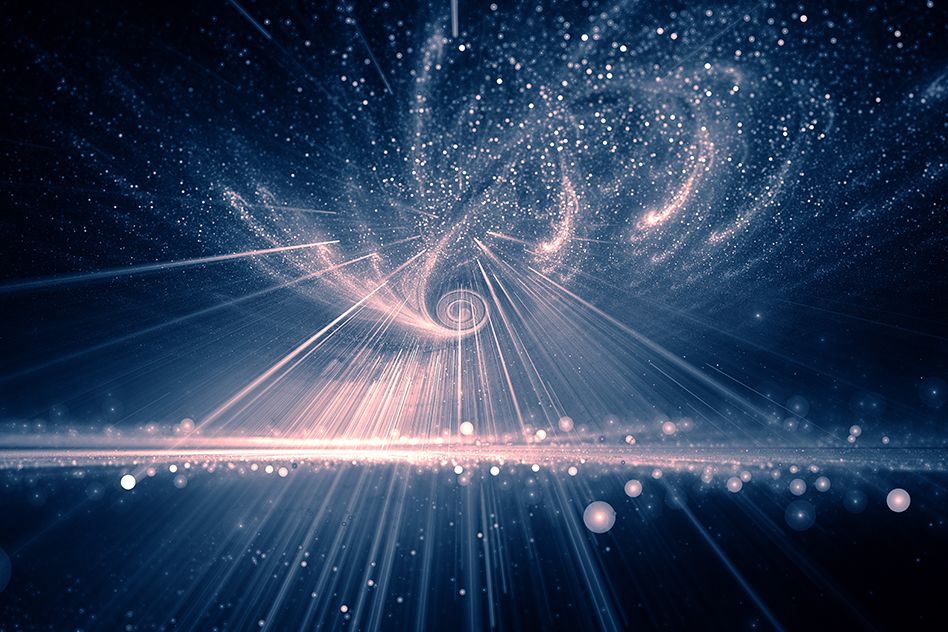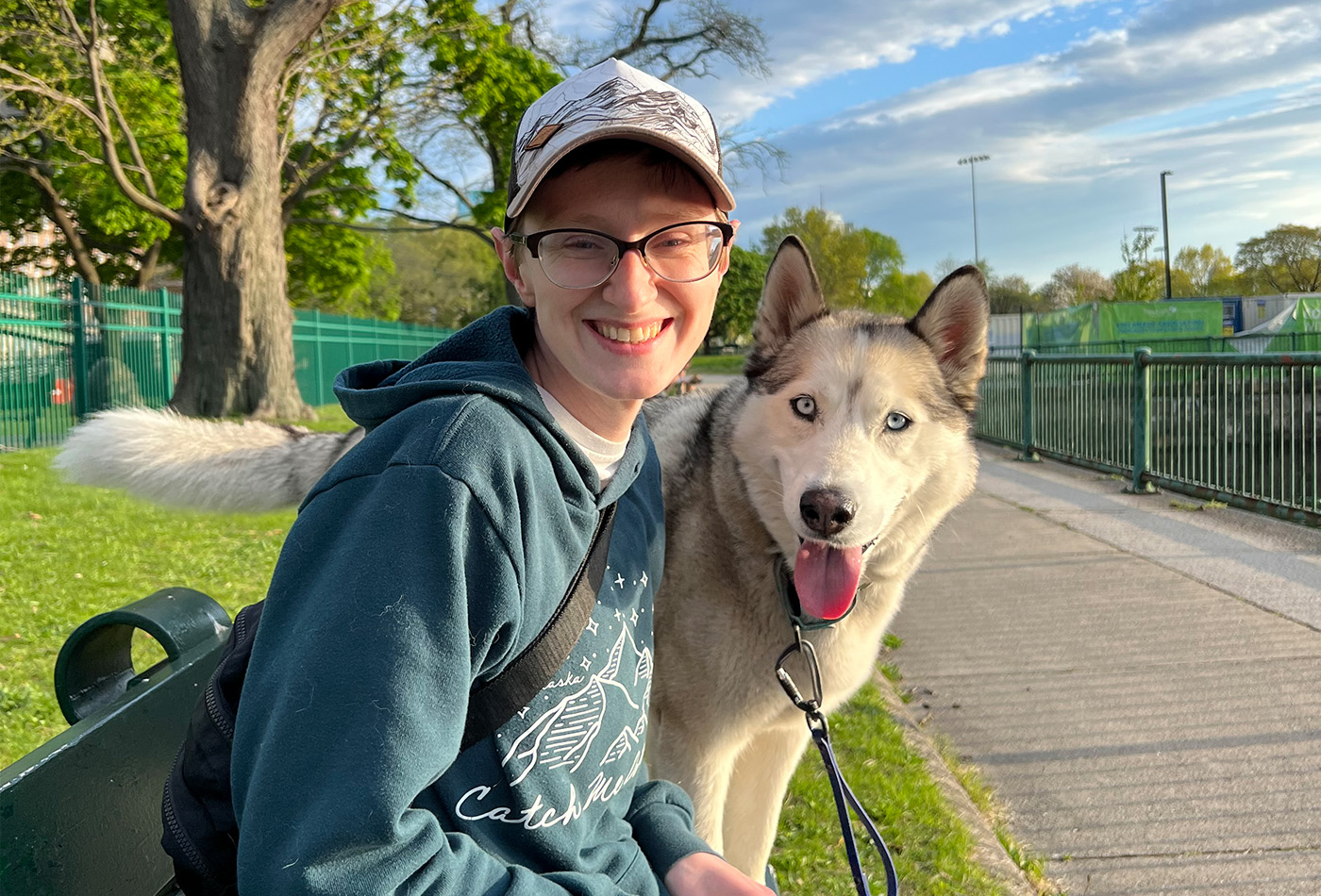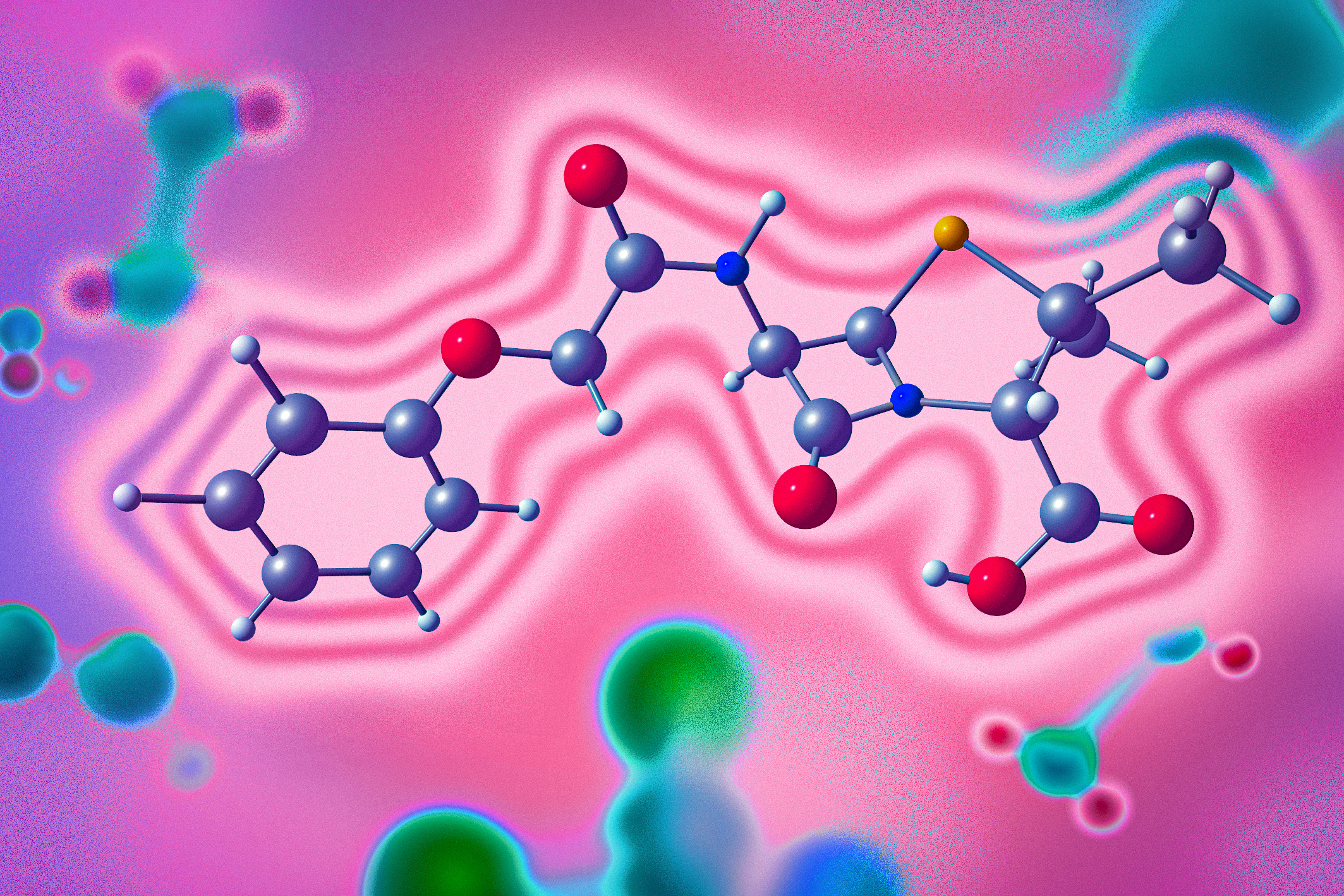Generating high-quality single photons for quantum computing
New dual-cavity design emits more single photons that can carry quantum information at room temperature.
MIT researchers have designed a way to generate, at room temperature, more single photons for carrying quantum information. The design, they say, holds promise for the development of practical quantum computers.
Quantum emitters generate photons that can be detected one at a time. Consumer quantum computers and devices could potentially leverage certain properties of those photons as quantum bits (“qubits”) to execute computations. While classical computers process and store information in bits of either 0s or 1s, qubits can be 0 and 1 simultaneously. That means quantum computers could potentially solve problems that are intractable for classical computers.
A key challenge, however, is producing single photons with identical quantum properties — known as “indistinguishable” photons. To improve the indistinguishability, emitters funnel light through an optical cavity where the photons bounce back and forth, a process that helps match their properties to the cavity. Generally, the longer photons stay in the cavity, the more they match.
But there’s also a tradeoff. In large cavities, quantum emitters generate photons spontaneously, resulting in only a small fraction of photons staying in the cavity, making the process inefficient. Smaller cavities extract higher percentages of photons, but the photons are lower quality, or “distinguishable.”
In a paper published today in Physical Review Letters, the researchers split one cavity into two, each with a designated task. A smaller cavity handles the efficient extraction of photons, while an attached large cavity stores them a bit longer to boost indistinguishability.
Compared to a single cavity, the researchers’ coupled cavity generated photons with around 95 percent indistinguishability, compared to 80 percent indistinguishability, with around three times higher efficiency.
“In short, two is better than one,” says first author Hyeongrak “Chuck” Choi, a graduate student in the MIT Research Laboratory of Electronics (RLE). “What we found is that in this architecture, we can separate the roles of the two cavities: The first cavity merely focuses on collecting photons for high efficiency, while the second focuses on indistinguishability in a single channel. One cavity playing both roles can’t meet both metrics, but two cavities achieves both simultaneously.”
Joining Choi on the paper are: Dirk Englund, an associate professor of electrical engineering and computer science, a researcher in RLE, and head of the Quantum Photonics Laboratory; Di Zhu, a graduate student in RLE; and Yoseob Yoon, a graduate student in Professor Keith Nelson‘s group in the Department of Chemistry.
The relatively new quantum emitters, known as “single-photon emitters,” are created by defects in otherwise pure materials, such as diamonds, doped carbon nanotubes, or quantum dots. Light produced from these “artificial atoms” is captured by a tiny optical cavity in photonic crystal — a nanostructure acting as a mirror. Some photons escape, but others bounce around the cavity, which forces the photons to have the same quantum properties — mainly, various frequency properties. When they’re measured to match, they exit the cavity through a waveguide.
But single-photon emitters also experience tons of environmental noise, such as lattice vibrations or electric charge fluctuation, that produce different wavelength or phase. Photons with different properties cannot be “interfered,” such that their waves overlap, resulting in interference patterns. That interference pattern is basically what a quantum computer observes and measures to do computational tasks.
Photon indistinguishability is a measure of photons’ potential to interfere. In that way, it’s a valuable metric to simulate their usage for practical quantum computing. “Even before photon interference, with indistinguishability, we can specify the ability for the photons to interfere,” Choi says. “If we know that ability, we can calculate what’s going to happen if they are using it for quantum technologies, such as quantum computers, communications, or repeaters.”
In the researchers’ system, a small cavity sits attached to an emitter, which in their studies was an optical defect in a diamond, called a “silicon-vacancy center” — a silicon atom replacing two carbon atoms in a diamond lattice. Light produced by the defect is collected into the first cavity. Because of its light-focusing structure, photons are extracted with very high rates. Then, the nanocavity channels the photons into a second, larger cavity. There, the photons bounce back and forth for a certain period of time. When they reach a high indistinguishability, the photons exit through a partial mirror formed by holes connecting the cavity to a waveguide.
Importantly, Choi says, neither cavity has to meet rigorous design requirements for efficiency or indistinguishability as traditional cavities, called the “quality factor (Q-factor).” The higher the Q-factor, the lower the energy loss in optical cavities. But cavities with high Q-factors are technologically challenging to make.
In the study, the researchers’ coupled cavity produced higher quality photons than any possible single-cavity system. Even when its Q factor was roughly one-hundredth the quality of the single-cavity system, they could achieve the same indistinguishability with three times higher efficiency.
The cavities can be tuned to optimize for efficiency versus indistinguishability — and to consider any constraints on the Q factor — depending on the application. That’s important, Choi adds, because today’s emitters that operate at room temperature can vary greatly in quality and properties.
Next, the researchers are testing the ultimate theoretical limit of multiple cavities. One more cavity would still handle the initial extraction efficiently, but then would be linked to multiple cavities that photons for various sizes to achieve some optimal indistinguishability. But there will most likely be a limit, Choi says: “With two cavities, there is just one connection, so it can be efficient. But if there are multiple cavities, the multiple connections could make it inefficient. We’re now studying the fundamental limit for cavities for use in quantum computing.”





